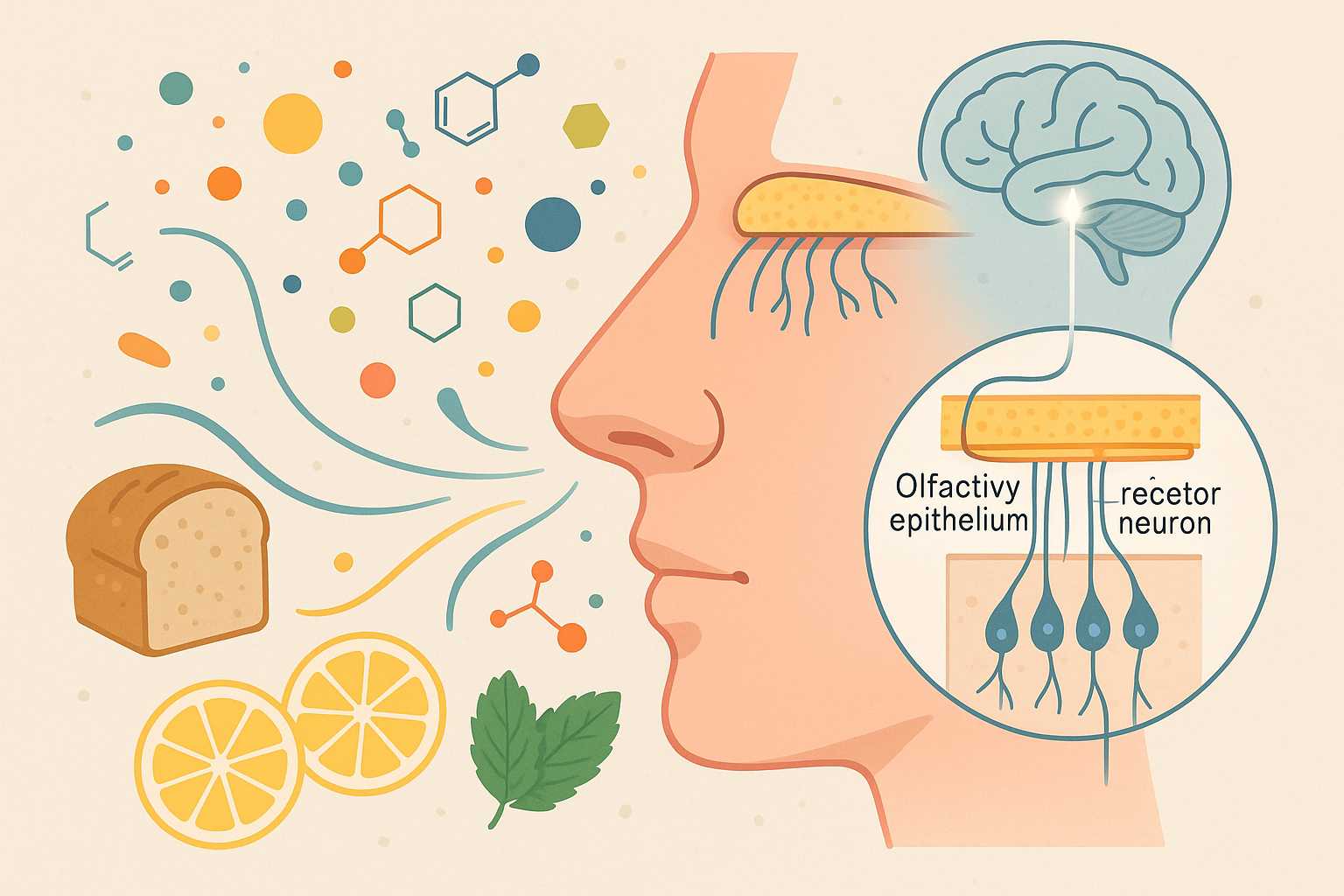Have you ever wondered how your nose detects the delicious scent of fresh bread or the sharp tang of lemon? The science behind our sense of smell is a fascinating blend of biology and chemistry. As a scientist passionate about making complex topics accessible, I invite you to dive nose-first into the molecular world of olfaction.
How Do We Smell?
Our journey starts in the nose, specifically in the olfactory epithelium—a patch of tissue lined with millions of specialized sensory neurons. Each neuron is adorned with receptors, proteins designed to bind to odorant molecules in the air. When you inhale, these molecules swim through the nasal passages and dock with receptors like keys fitting into locks.
Chemistry at Work
Here’s where chemistry takes center stage. Odorant molecules are often small and volatile, able to evaporate easily. Their shape, size, and functional groups dictate how they interact with receptor proteins. Each receptor is tuned to detect specific molecular features, allowing us to distinguish between thousands of smells. For example, the molecule responsible for the minty aroma of peppermint, menthol, has a specific structure recognized by certain receptors.
The Olfactory Code
Once an odorant binds to a receptor, it triggers a cascade of cellular events that generate electrical signals. These signals are sent to the olfactory bulb in the brain, where the information is processed and interpreted. Interestingly, most smells are not detected by just one receptor but by a unique combination—our brains decode these combinations to identify the whole spectrum of scents.
Why Can Some People Smell Better Than Others?
Genetics plays a significant role here. With around 400 different types of odor receptor genes, individual variations mean that no two people smell the world quite the same way. That’s why some people love the aroma of coriander while others find it repellent.
Applications and Future Research
Understanding how smell works has big implications: from designing better flavors and fragrances, to developing electronic noses for safety and medicine. Researchers are even exploring how changes in smell could be an early indicator of diseases like Parkinson’s or Alzheimer’s.
Next time you stop and smell the roses, remember that it’s chemistry—at the molecular level—that brings the world of scent to life!


Leave a Reply